Properties
| Storage Buffer | PBS pH7.4, 50% glycerol, 0.09% sodium azide *Storage buffer changes when conjugated |
| Storage Temperature | -20ºC |
| Shipping Temperature | Blue Ice or 4ºC |
| Purification | Protein G Purified |
| Clonality | Monoclonal |
| Clone Number | 11D4 |
| Isotype | IgG1 |
| Specificity | Detects the N-terminal region of alpha synuclein |
| Cite This Product | Mouse Anti-Human Alpha Synuclein N-terminal Monoclonal (StressMarq Biosciences, Victoria BC, Cat# SMC-621) |
| Certificate of Analysis | A 1:1000 dilution was sufficient for detection of Alpha Synuclein in rodent brain lysates in WB and 1:100 dilution on human brain tissue (Parkinson’s) in IHC. |
Biological Description
| Alternative Names | Alpha Synuclein, α-Synuclein, SNCA, alphaSYN, NACP, Non-A beta component of AD amyloid, Non-A4 component of amyloid precursor, Synuclein alpha, Synuclein alpha 140, Synuclein, alpha (non A4 component of amyloid precursor), isoform NACP140, PARK1, PARK 1, PARK4, PARK 4, Parkinson disease familial 1, Parkinson disease (autosomal dominant, Lewy body) 4, SYN, SYUA_HUMAN |
| Research Areas | Alzheimer's Disease, Neurodegeneration, Neuroscience, Parkinson's Disease, Synuclein, Tangles & Tau, Multiple System Atrophy |
| Cellular Localization | Cytoplasm; membrane-bound to vesicles in neurons |
| Accession Number | P37840 |
| Gene ID | 6622 |
| Swiss Prot | P37840 |
| Scientific Background |
Alpha-synuclein is a presynaptic neuronal protein implicated in the pathogenesis of several neurodegenerative diseases, including Parkinson’s disease and dementia with Lewy bodies. Among its structural domains, the N-terminal region plays a pivotal role in membrane binding, conformational dynamics, and aggregation behavior. Post-translational modifications, particularly C-terminal truncations, significantly influence alpha-synuclein’s aggregation propensity and neurotoxicity (1). C-terminally truncated alpha-synuclein species are highly enriched in pathological inclusions such as Lewy bodies and Lewy neurites. These truncated forms exhibit accelerated fibrillization and enhanced prion-like propagation in cellular and animal models of Parkinson’s disease, underscoring their pathogenic relevance (1). Importantly, such truncations can alter the structural conformation of alpha-synuclein, masking epitopes commonly targeted by antibodies, including those recognizing phosphorylated serine 129 (pSer129) . This epitope masking has critical implications for research and diagnostics. Antibodies specific to pSer129 may fail to detect C-terminally truncated alpha-synuclein, potentially underestimating the burden of pathogenic species in tissue samples. Therefore, careful selection of antibodies that target the N-terminal region is essential for accurate detection and quantification of disease-relevant alpha-synuclein conformers (3). Understanding the structural and functional roles of the alpha-synuclein N-terminus is vital for elucidating disease mechanisms and developing targeted therapeutic strategies in synucleinopathies. |
| References |
1.,Mahul-Mellier, A.-L., Altay, M. F., Maharjan, N., et al. (2024). Dissecting the differential role of C-terminal truncations in the regulation of aSyn pathology formation and the biogenesis of Lewy bodies. bioRxiv. DOI: 10.1101/2024.11.29.625993 2.,Bell, R., Vendruscolo, M. (2021). Modulation of the interactions between α-synuclein and lipid membranes by post-translational modifications. Frontiers in Neurology, 12, 661117. DOI: 10.3389/fneur.2021.661117 3.,Iyer, A., Roeters, S. J., Kogan, V., Woutersen, S., Claessens, M. M. A. E., & Subramaniam, V. (2017). C-Terminal Truncated α-Synuclein Fibrils Contain Strongly Twisted β-Sheets. Journal of the American Chemical Society, 139(43), 15392-15400. DOI: 10.1021/jacs.7b07403 |
Product Images
![<p>Western blot analysis comparing Stressmarq’s SMC-621 with Stressmarq’s SPC-800 showing differences in detection of Recombinant Human Alpha Synuclein aa 1-114 Monomer, Recombinant Human Alpha Synuclein-98 Monomer, and Recombinant Human Alpha Synuclein Full-length Monomers (SPR-321 & SPR-316). Block: 5% skim milk for 1/2 hour at RT. Primary Antibodies: Mouse Anti-Human Alpha Synuclein N-terminal Monoclonal [11D4] (SMC-621) or Rabbit Anti-Human Alpha Synuclein Polyclonal (SPC-800) at 1:1000 for 1/2 hour at RT. Secondary Antibodies: Goat anti-mouse IgG (Rockland Cat# 610-103-121) or Goat anti-rabbit IgG (Rockland Cat# 711-1322) at 1:4000 for 1 hour at RT. Color Development: Chemiluminescent for HRP (Moss) for 1 min at RT in the dark. Exposed 0.5 second.</p>](https://www.stressmarq.com/wp-content/uploads/SMC-621_Alpha-Synuclein-N-terminal_Antibody_11D4_WB_Human_Recombinant-Protein_1.png)
Western blot analysis comparing Stressmarq’s SMC-621 with Stressmarq’s SPC-800 showing differences in detection of Recombinant Human Alpha Synuclein aa 1-114 Monomer, Recombinant Human Alpha Synuclein-98 Monomer, and Recombinant Human Alpha Synuclein Full-length Monomers (SPR-321 & SPR-316). Block: 5% skim milk for 1/2 hour at RT. Primary Antibodies: Mouse Anti-Human Alpha Synuclein N-terminal Monoclonal [11D4] (SMC-621) or Rabbit Anti-Human Alpha Synuclein Polyclonal (SPC-800) at 1:1000 for 1/2 hour at RT. Secondary Antibodies: Goat anti-mouse IgG (Rockland Cat# 610-103-121) or Goat anti-rabbit IgG (Rockland Cat# 711-1322) at 1:4000 for 1 hour at RT. Color Development: Chemiluminescent for HRP (Moss) for 1 min at RT in the dark. Exposed 0.5 second.

Immunohistochemistry analysis with Stressmarq’s Mouse Anti-Human Alpha Synuclein N-Terminal Monoclonal Antibody, Clone 11D4 (SMC-621). Tissue: Striatum sections of Parkinson’s Diseased Brain. Species: Human. Fixation: Paraffin embedded, 5um thin. Blocking: 3% milk for 1 hour at RT. Antigen Retrieval: Citrate buffer, pH 6.0, boiled for 20 min. Primary Antibody: Mouse Anti-Human Alpha Synuclein N-Terminal Monoclonal Antibody, Clone 11D4 (SMC-621). at 1:100 for 1 hour at RT. Secondary Antibody: Goat anti-mouse IgG-HRP (H&L) at 1:100 for 45 min at RT. Counterstain: Hematoxylin (purple) nuclear stain at 1:10 for 5 min at RT. Color Development: DAB at 1:50 for 15 min at RT.
![<p>Dot blot analysis comparing Stressmarq’s SMC-621 with Stressmarq’s SPC-800 and SMC-532 showing differences in detection of Recombinant Human Alpha Synuclein aa 1-114 Monomer, Recombinant Human Alpha Synuclein-98 Monomer, and Recombinant Human Alpha Synuclein Full-length Monomer (SPR-321). Block: 5% skim milk for 1/2 hour at RT. Primary Antibodies: Mouse Anti-Human Alpha Synuclein N-terminal Monoclonal [11D4] (SMC-621), Rabbit Anti-Human Alpha Synuclein Polyclonal (SPC-800) or Mouse Anti-Mouse Alpha Synuclein Monoclonal (SMC-532) at 1:1000 for 1/2 hour at RT. Secondary Antibodies: Goat anti-mouse IgG (Rockland Cat# 710-1331) or Goat anti-rabbit IgG (Rockland Cat# 711-1322) at 1:4000 for 1 hour at RT. Color Development: Chemiluminescent for HRP (Moss) for 1 min at RT in the dark. Exposed 1 second or 5 seconds.</p>](https://www.stressmarq.com/wp-content/uploads/SMC-621_Alpha-Synuclein-N-terminal_Antibody_11D4_DB_Human_Recombinant-Protein_1.png)
Dot blot analysis comparing Stressmarq’s SMC-621 with Stressmarq’s SPC-800 and SMC-532 showing differences in detection of Recombinant Human Alpha Synuclein aa 1-114 Monomer, Recombinant Human Alpha Synuclein-98 Monomer, and Recombinant Human Alpha Synuclein Full-length Monomer (SPR-321). Block: 5% skim milk for 1/2 hour at RT. Primary Antibodies: Mouse Anti-Human Alpha Synuclein N-terminal Monoclonal [11D4] (SMC-621), Rabbit Anti-Human Alpha Synuclein Polyclonal (SPC-800) or Mouse Anti-Mouse Alpha Synuclein Monoclonal (SMC-532) at 1:1000 for 1/2 hour at RT. Secondary Antibodies: Goat anti-mouse IgG (Rockland Cat# 710-1331) or Goat anti-rabbit IgG (Rockland Cat# 711-1322) at 1:4000 for 1 hour at RT. Color Development: Chemiluminescent for HRP (Moss) for 1 min at RT in the dark. Exposed 1 second or 5 seconds.
![<p>Western blot analysis with Stressmarq’s SMC-621 showing detection of Alpha Synuclein protein in rat brain and mouse brain lysates. Block: 5% skim milk for 1/2 hour at RT. Primary Antibody: Mouse Anti-Human Alpha Synuclein N-terminal Monoclonal [11D4] (SMC-621) at 1:1000 for 1 hour at RT. Secondary Antibody: Goat anti-mouse IgG-HRP (Rockland Cat# 610-103-121) at 1:4000 for 1/2 hour at RT. Color Development: Chemiluminescent for HRP (Moss) for 3 min at RT in the dark. Exposed 3 seconds (A), cropped and followed by a 1 minute exposure (B) to develop the monomer band in the rat brain lysate.</p>](https://www.stressmarq.com/wp-content/uploads/SMC-621_Alpha-Synuclein-N-terminal_Antibody_11D4_WB_Rat-Mouse_brain-lysate_1.png)
Western blot analysis with Stressmarq’s SMC-621 showing detection of Alpha Synuclein protein in rat brain and mouse brain lysates. Block: 5% skim milk for 1/2 hour at RT. Primary Antibody: Mouse Anti-Human Alpha Synuclein N-terminal Monoclonal [11D4] (SMC-621) at 1:1000 for 1 hour at RT. Secondary Antibody: Goat anti-mouse IgG-HRP (Rockland Cat# 610-103-121) at 1:4000 for 1/2 hour at RT. Color Development: Chemiluminescent for HRP (Moss) for 3 min at RT in the dark. Exposed 3 seconds (A), cropped and followed by a 1 minute exposure (B) to develop the monomer band in the rat brain lysate.

![Western blot analysis comparing Stressmarq’s SMC-621 with Stressmarq’s SPC-800 showing differences in detection of Recombinant Human Alpha Synuclein aa 1-114 Monomer, Recombinant Human Alpha Synuclein-98 Monomer, and Recombinant Human Alpha Synuclein Full-length Monomers (SPR-321 & SPR-316). Block: 5% skim milk for 1/2 hour at RT. Primary Antibodies: Mouse Anti-Human Alpha Synuclein N-terminal Monoclonal [11D4] (SMC-621) or Rabbit Anti-Human Alpha Synuclein Polyclonal (SPC-800) at 1:1000 for 1/2 hour at RT. Secondary Antibodies: Goat anti-mouse IgG (Rockland Cat# 610-103-121) or Goat anti-rabbit IgG (Rockland Cat# 711-1322) at 1:4000 for 1 hour at RT. Color Development: Chemiluminescent for HRP (Moss) for 1 min at RT in the dark. Exposed 0.5 second. SMC-621_Alpha-Synuclein-N-terminal_Antibody_11D4_WB_Human_Recombinant-Protein_1.png](https://www.stressmarq.com/wp-content/uploads/SMC-621_Alpha-Synuclein-N-terminal_Antibody_11D4_WB_Human_Recombinant-Protein_1-150x150.png)
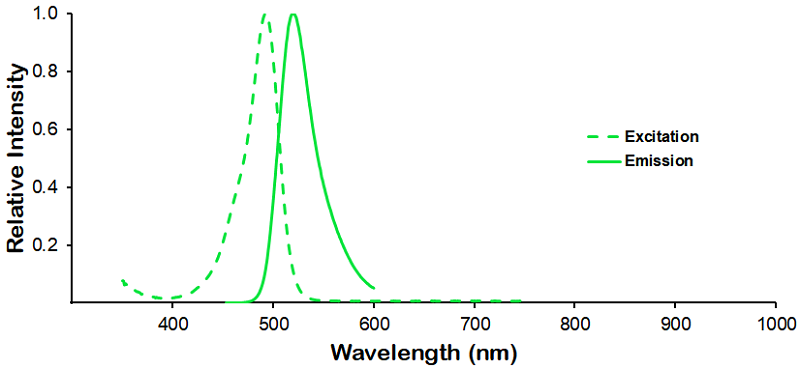
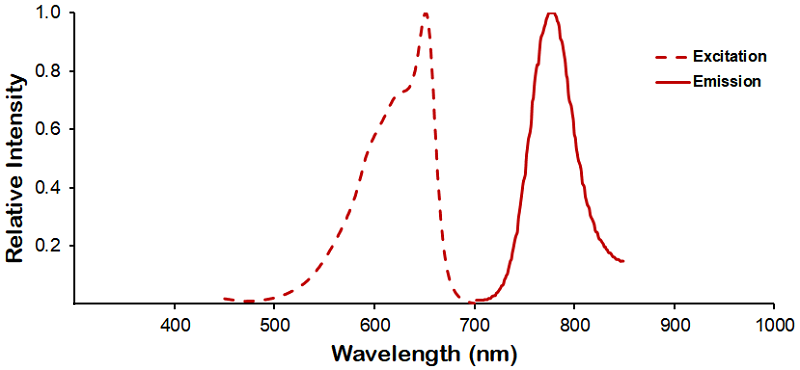
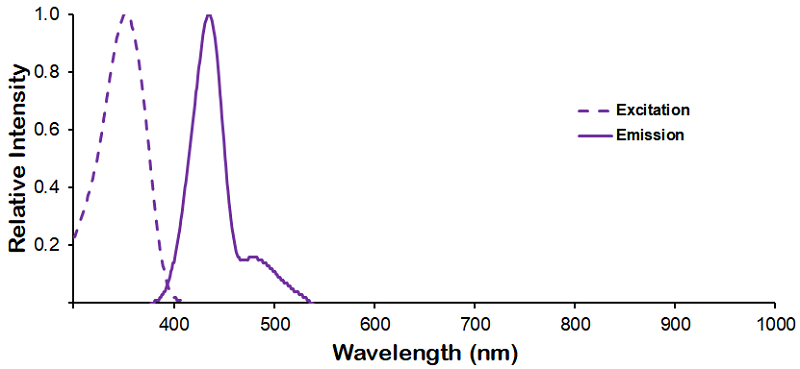
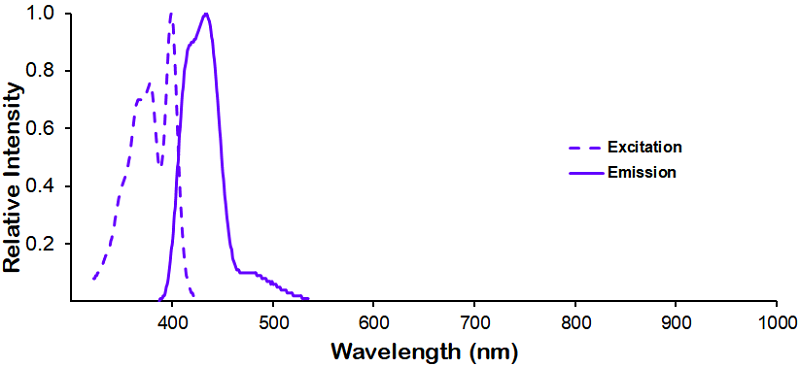
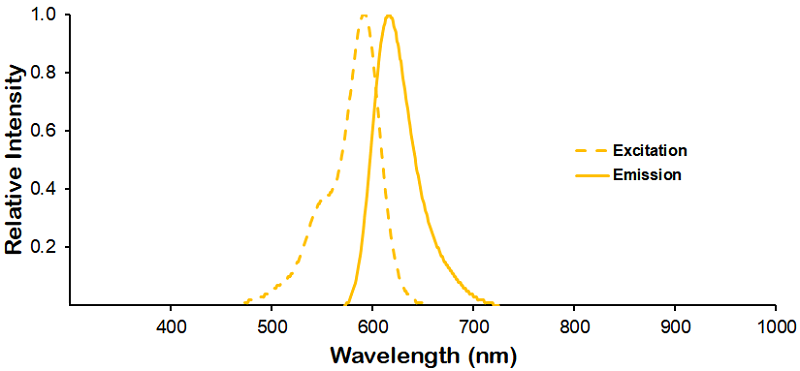
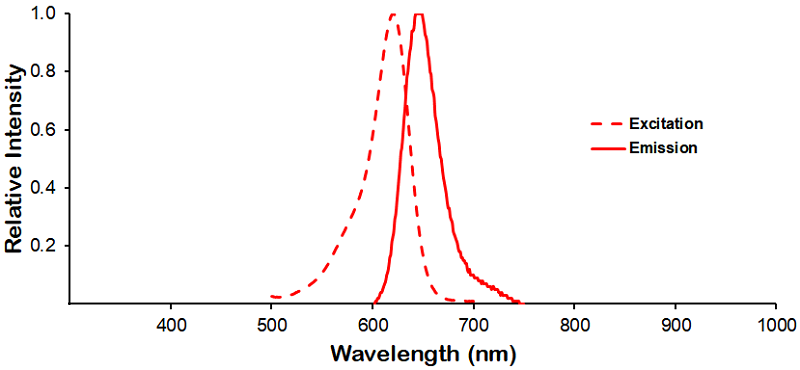
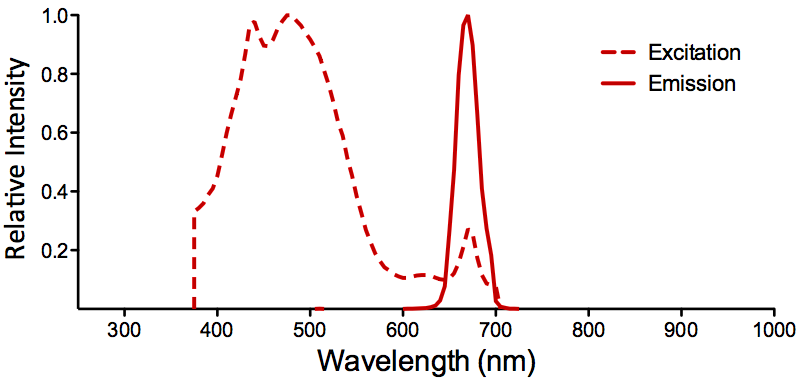
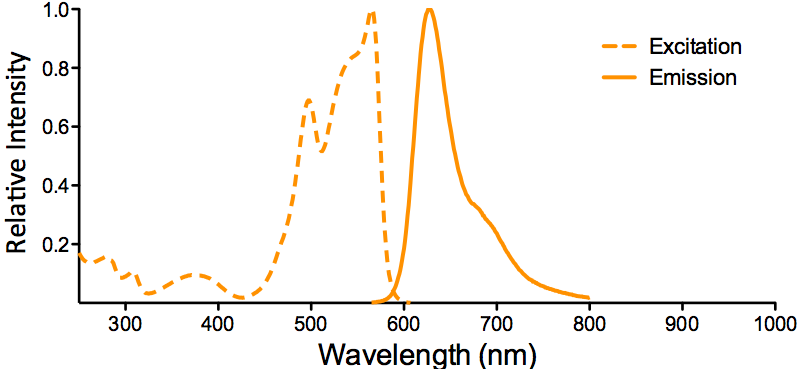
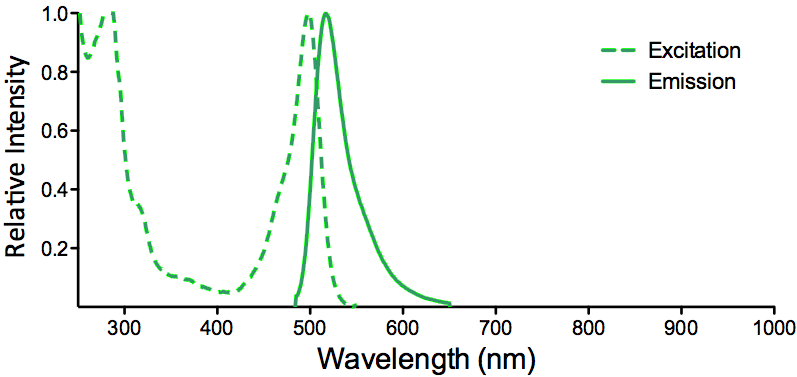
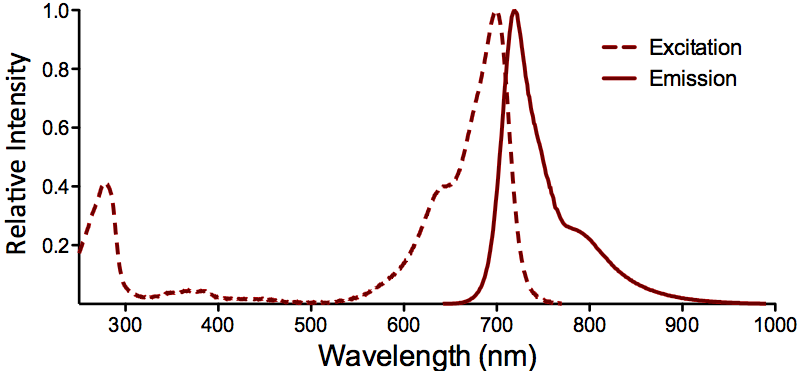
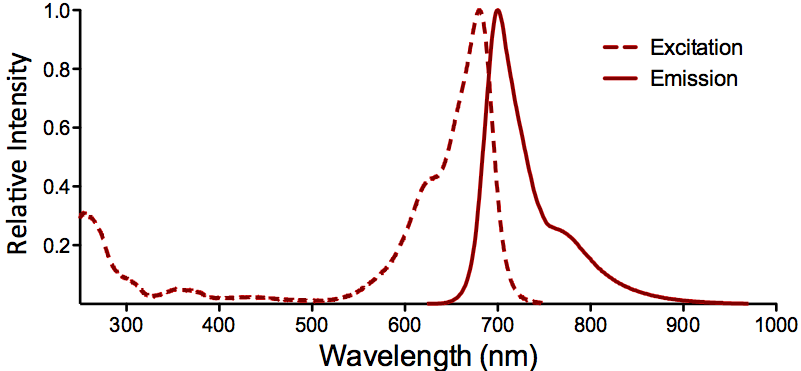
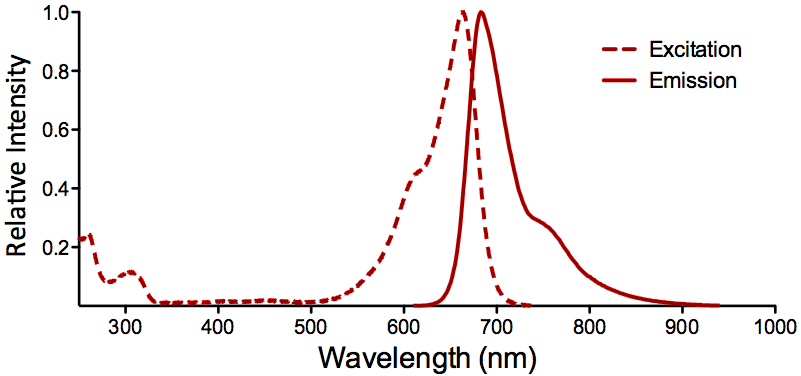
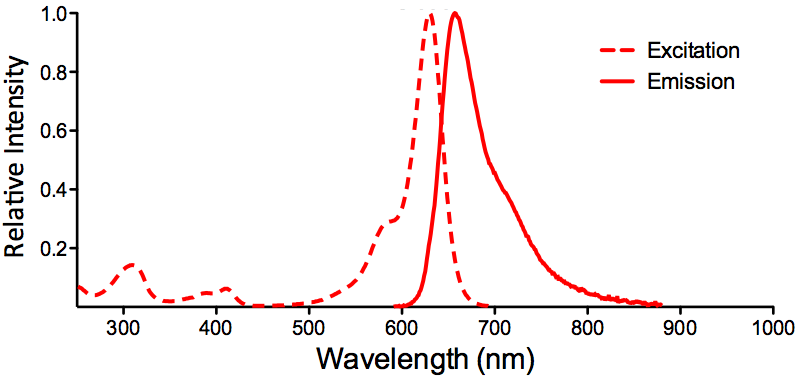
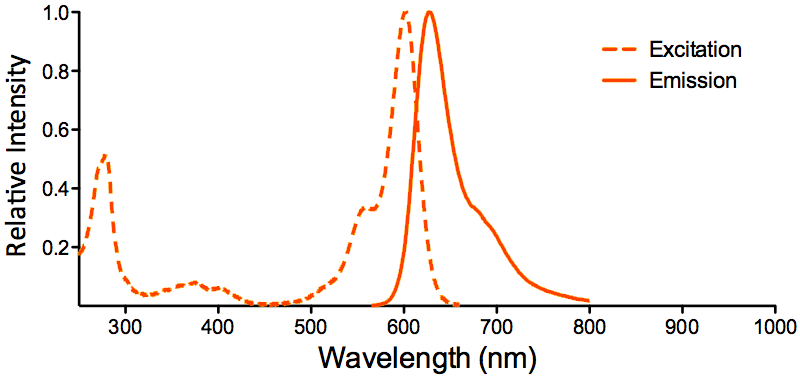
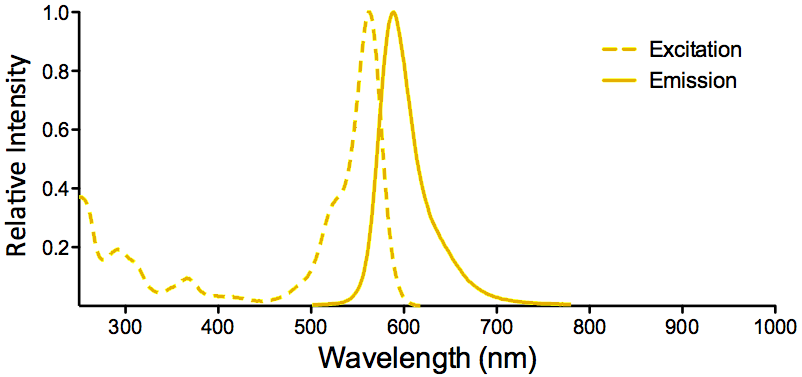
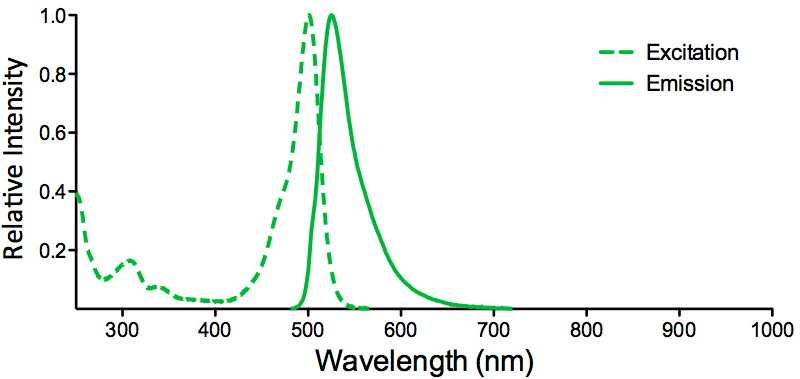
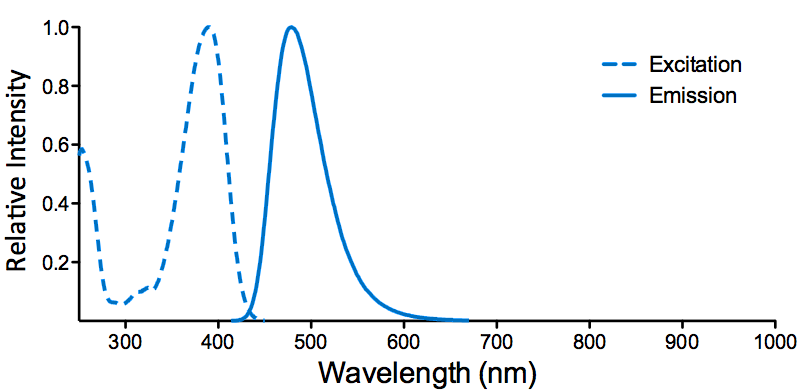
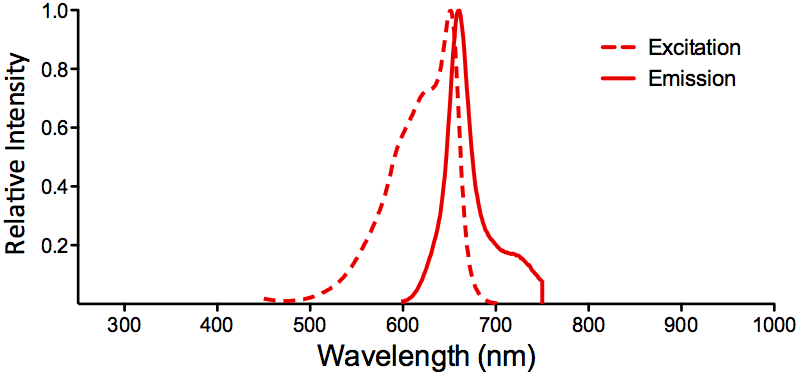
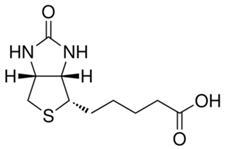
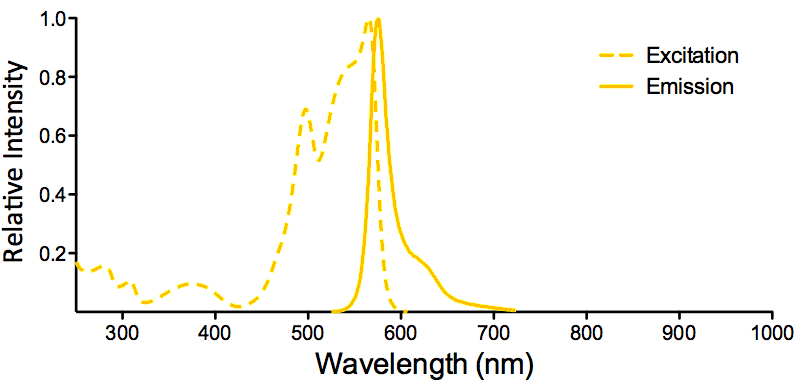
Reviews
There are no reviews yet.